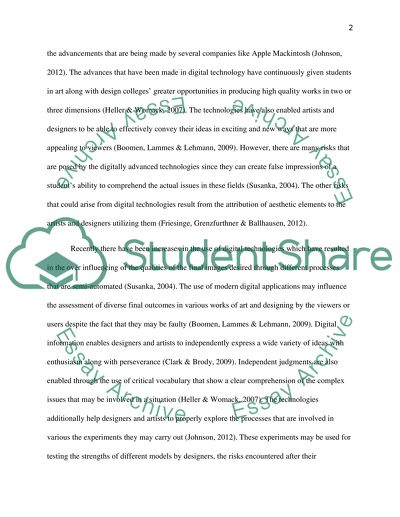Cite this document
(How the Digitization Changed Our Experiences of Art and Design Research Paper, n.d.)
How the Digitization Changed Our Experiences of Art and Design Research Paper. Retrieved from https://studentshare.org/design-technology/1453714-how-the-digital-transformed-our-experiences-of-art
How the Digitization Changed Our Experiences of Art and Design Research Paper. Retrieved from https://studentshare.org/design-technology/1453714-how-the-digital-transformed-our-experiences-of-art
(How the Digitization Changed Our Experiences of Art and Design Research Paper)
How the Digitization Changed Our Experiences of Art and Design Research Paper. https://studentshare.org/design-technology/1453714-how-the-digital-transformed-our-experiences-of-art.
How the Digitization Changed Our Experiences of Art and Design Research Paper. https://studentshare.org/design-technology/1453714-how-the-digital-transformed-our-experiences-of-art.
“How the Digitization Changed Our Experiences of Art and Design Research Paper”, n.d. https://studentshare.org/design-technology/1453714-how-the-digital-transformed-our-experiences-of-art.


